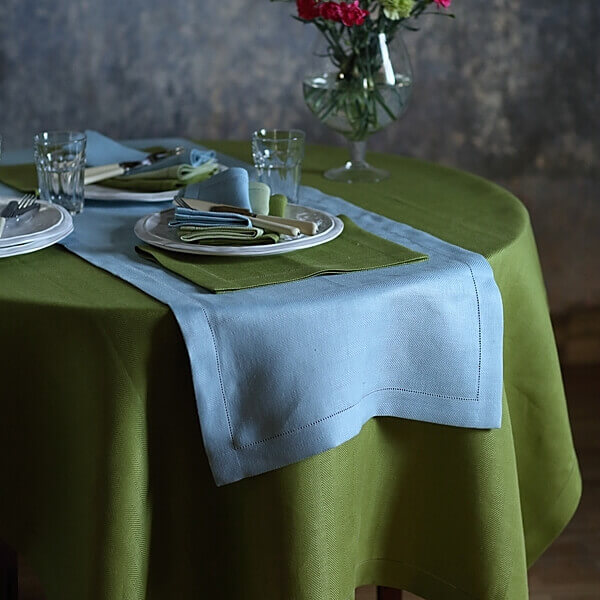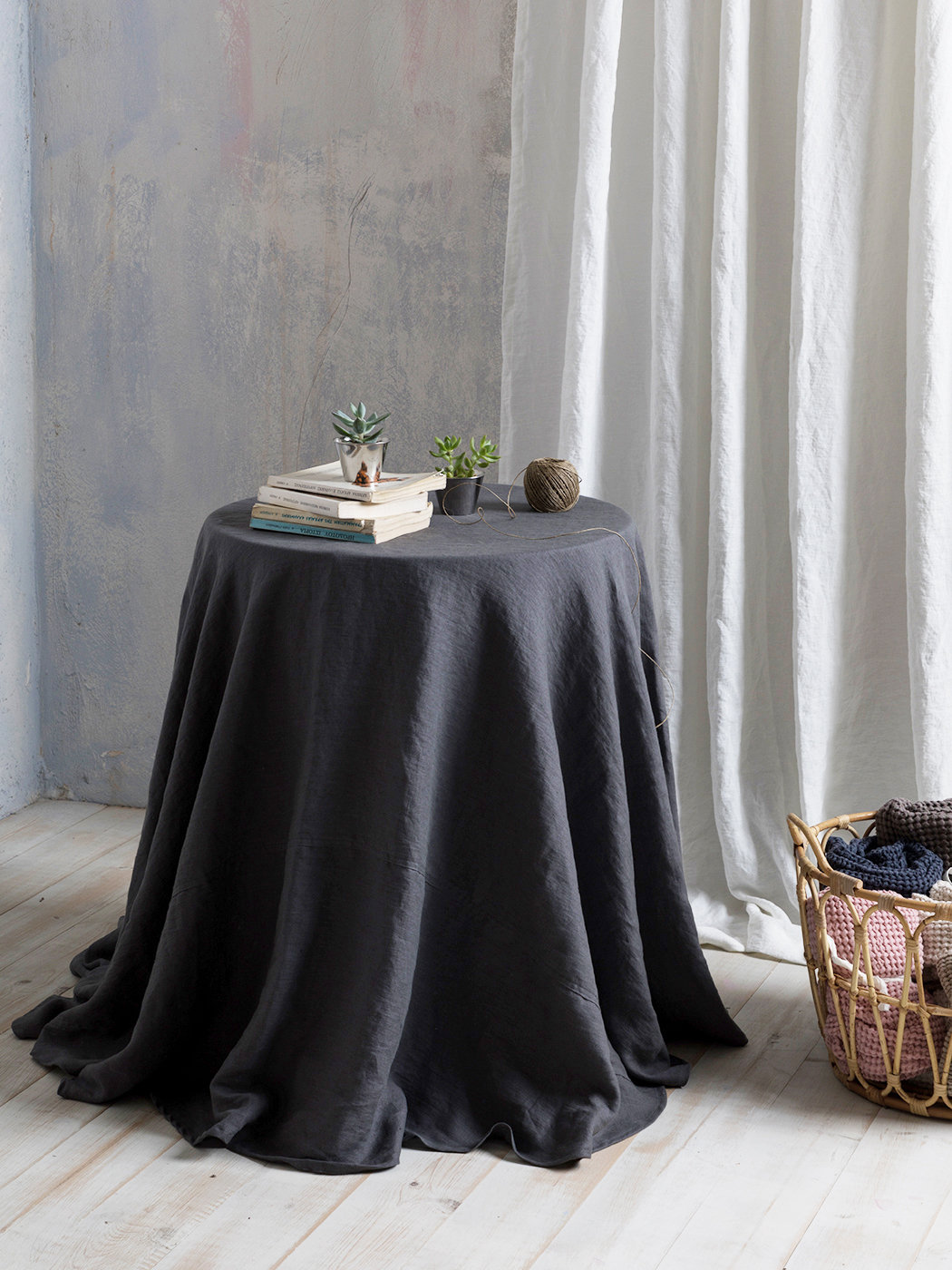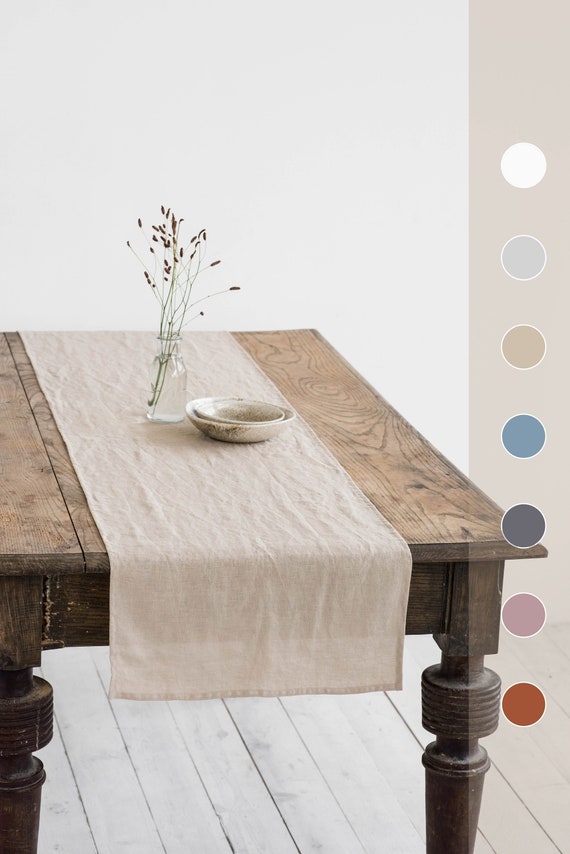Top-notch Flat Sheet Option: Convenience and Sturdiness for each Bed
Wiki Article
Linen Fabric Advancements: Discovering Modern Trends and Creative Applications in Design and Textile Industry
From lasting production techniques to innovative weaving innovations, the evolution of linen is improving the landscape of the textile market. As we dig into the worlds of innovative style applications and the development of linen blends and crossbreed materials, a new chapter unravels in which bed linen's role in future fabric technologies takes facility stage.Lasting Practices in Linen Manufacturing
Sustainable practices in bed linen production have come to be progressively essential in the textile sector's efforts to decrease ecological impact and advertise ethical sourcing methods. Bed linen, a natural fiber stemmed from the flax plant, uses a variety of advantages such as breathability, biodegradability, and sturdiness. Nonetheless, traditional approaches of linen manufacturing can involve considerable water usage, chemical use, and energy-intensive procedures.To deal with these difficulties, many textile suppliers are adopting lasting methods throughout the bed linen production procedure. This consists of sourcing flax from organic ranches that stay clear of damaging chemicals and chemicals, applying water-efficient retting techniques to essence fibers from the flax stalks, and making use of green dyes and finishes. Furthermore, some firms are spending in sustainable power sources to power their production facilities and decreasing waste with recycling and upcycling campaigns.
Technological Improvements in Bed Linen Weaving
With the expanding emphasis on lasting techniques in bed linen production, the textile industry is now experiencing a rise in technological improvements especially intended at transforming the art of linen weaving. These developments are improving the means bed linen textiles are produced, using raised performance, top quality, and creative thinking in weaving techniques.One of the key technological advancements in bed linen weaving is the assimilation of digital looms. These innovative looms are outfitted with software program that permits detailed and intricate layouts to be woven with accuracy. By digitizing the weaving procedure, makers can accomplish higher consistency and accuracy in their bed linen textiles.
Additionally, improvements in yarn spinning technology have actually made it possible for the manufacturing of finer and more durable bed linen threads - table cloths. This results in softer and smoother bed linen materials that keep their quality also after several uses and washes
In addition, the advancement of eco-friendly dyeing procedures and surfaces for linen textiles is getting traction. These lasting methods not only minimize the ecological influence however also satisfy the enhancing customer demand for ethically generated textiles.
Creative Layout Applications for Bed Linen
Ingenious artistic approaches are increasingly shaping the innovative design applications for bed linen in the textile market. Bed linen's all-natural visual appeal and ability to mix with other materials make it a favored selection for creating distinct garments and devices that provide to the eco aware customer.Moreover, designers are try out bed linen in home decoration, using its resilient and breathable nature to craft trendy furnishings such as curtains, bedding, and upholstery. The structure and drape of linen bring a sense of class and convenience to indoor areas, including a touch of beauty to modern go to my blog homes.

Bed Linen Blends and Hybrid Fabrics

Hybrid materials, on the other hand, take the principle of blending an action additionally by incorporating added aspects such as metal threads, recycled materials, or conductive fibers. These ingenious textiles not only increase the style possibilities however also present functional elements like conductivity, antimicrobial residential properties, or improved resilience. Crossbreed fabrics are progressively being used in various markets, including style, interior style, and technical textiles, where the need for multifunctional materials is on the surge.
Linen's Role in Future Textile Innovations

In the realm of future fabric developments, bed linen is anticipated to be a key player in the development of sophisticated practical textiles. Scientists and designers are checking out methods to improve bed linen's integral top qualities through technological advancements, such as incorporating wise textiles, nanotechnology, and performance surfaces. These developments aim to elevate linen's performance attributes, making it suitable for a broader variety of applications, from activewear to protective clothing.
Moreover, the combination of bed linen with various other all-natural or artificial fibers opens up unlimited opportunities for producing novel textiles with distinct homes and performances. By leveraging linen's attributes and discovering cutting-edge blends, the fabric market is poised to introduce amazing growths that deal with evolving customer requirements and sustainability requirements.
Conclusion
Finally, the expedition of sustainable practices, technical improvements, innovative design applications, bed linen blends, and its function in future textile technologies highlight the constant evolution of linen fabric in the modern-day style and textile sector. With a concentrate on innovation and creative thinking, the adaptability and environmentally friendly nature of linen make it a useful material for manufacturers and developers alike, leading the way for more advancements and advancements in the area of textiles.As we dig into the worlds of creative style applications and the emergence of bed linen blends and crossbreed materials, a brand-new chapter unravels in which bed linen's role in future fabric innovations takes facility phase.
Discovering the blend of linen with various other fabrics has led to the introduction of cutting-edge blends and hybrid fabrics in the contemporary fabric industry. Bed linen blends use a special combination of the features of linen with those of other fibers, resulting in textiles that possess enhanced residential or commercial properties such as raised sturdiness, boosted draping, and decreased wrinkling.The advancement of bed linen blends and hybrid fabrics has established the stage for Bed linen to play a pivotal function in driving future fabric technologies.In the realm of future textile developments, linen is expected to be a crucial gamer in the development of sophisticated practical materials.
Report this wiki page